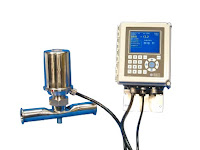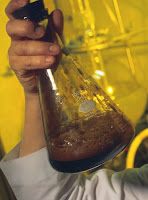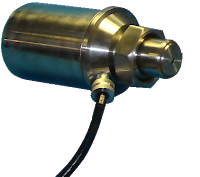All commercial food products are selected on the basis of quality, freshness and affordability. Varying product quality is the best way to lose brand-loyal customers. Quality and consistency can be different between brands, but they cannot vary within a brand.
Manufacturers of juices, jellies, honey, wine, and carbonated beverages rely on the measurement of "Brix" to control product quality and consistency. Brix (symbol °Bx) is defined as 1 gram of sucrose in 100 grams of solution, and represents the strength of the solution as percentage by mass.
Examples of food and beverage products that need to carefully measure sucrose, fructose, and dextrose include soft drinks, fruit juices, dairy, apple sauces, jams, jellies, beer, wine, coffee, tea, vegetable oils, tomato products, and honey. To do this, a device known as a refractometer is used to measure Brix (as well as other dissolved solids).
In smaller food and beverage applications, the refractometer is a handheld device used for batch sampling, but for high volume commercial processing, a more robust and heavy duty "process refractometers" is used. Sometimes referred to as "inline refractometers", these process instruments provide real-time, continuous measurement of Brix and dissolved solids.
 |
Process Refractometer with
sensor mounted on sanitary
pipe shown with control box.
(Electron Machine Corp.) |
This category of process refractometer is designed to provide very accurate and repeatable measurement for products flowing through a pipe or mixing in a vessel. They are designed to handle higher temperatures, resist contamination and corrosion, and they respond very quickly to any process deviation.
A process refractometer works by shining an LED light source from a range of angles, through a product sample, onto a prism surface. By measuring the difference in the reflection and refraction of the light source, a critical angle can be determined and the refractive index can be accurately calculated. This measurement and calculation can be done accurately, repeatably, and quickly, making process refractometers the de-facto standard for the measurement of Brix in high production food processing applications.
For more information on the use of process refractometers in food and beverage production, visit this link.





